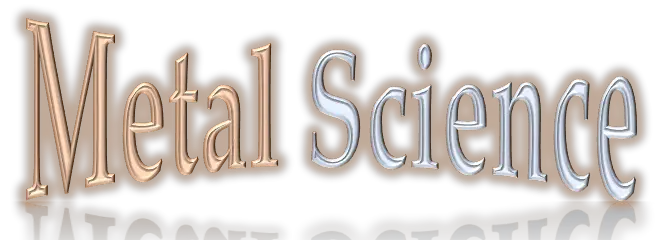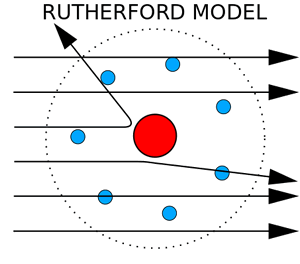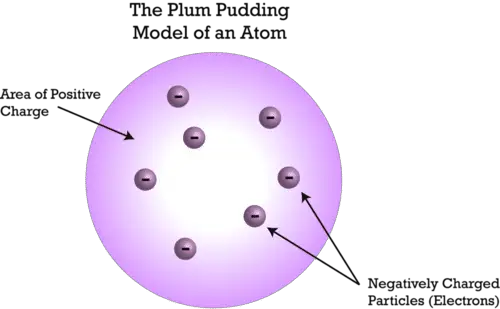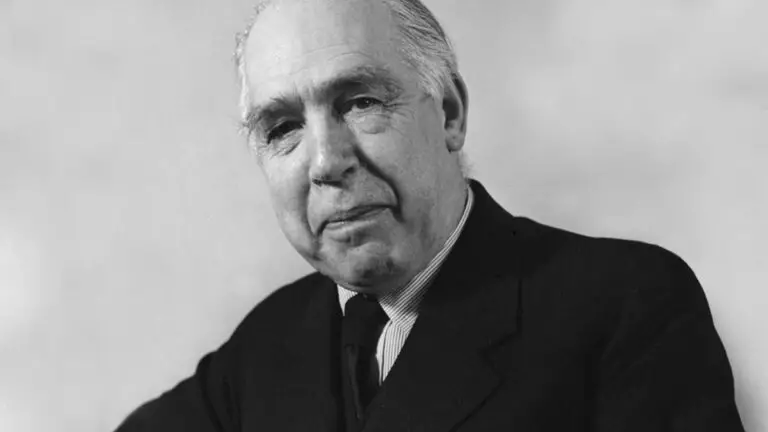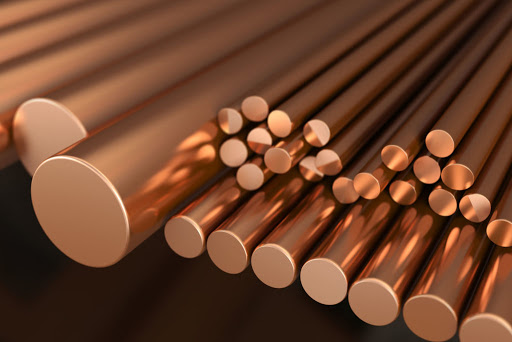Can I Change The Colour Of My Aluminium Windows?
Can I Change The Colour Of My Aluminium Windows? You can choose to respray your aluminium windows any colour you want.The ideal finish for an aluminium window is a smooth, flat matt. If you choose to change the colour of your aluminium windows, be aware that it is not a permanent finish; without sealing the…
